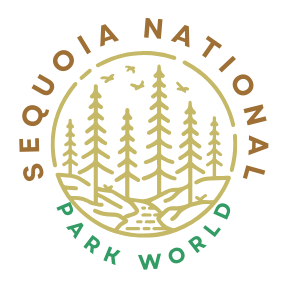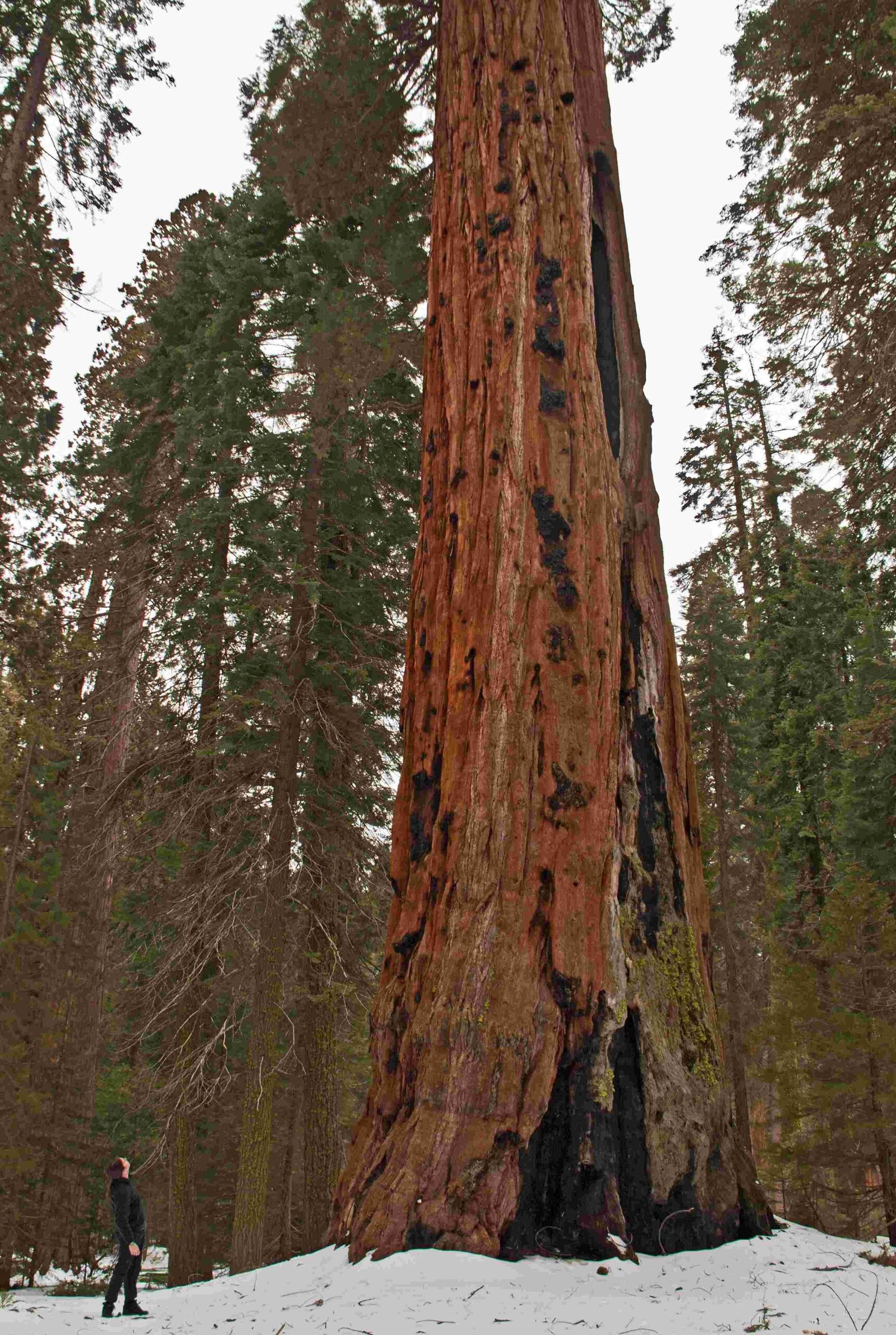Backpacking Sequoia National Park during snow closures presents unique challenges and opportunities. Winter conditions significantly impact trail accessibility, necessitating careful planning and specialized gear. Many popular trails and roads are affected by snow, with closures in place for safety. This guide provides crucial information on current conditions, necessary equipment, and safety tips for winter backpacking in Sequoia National Park.
What Are the Current Snow Closure Conditions in Sequoia National Park?

As of the current season, several areas in Sequoia National Park are impacted by snow closures:
- Trail Closures:
- Giant Forest Trails
- Moro Rock
- Tokopah Falls
- Muir Grove
- Dorst – Lost Grove
-
The Watchtower (closed for the season)
-
Trails with Snow Conditions:
- High Sierra Trail
- Alta Peak Trail
-
Lakes Trail (Wolverton)
-
Road Closures:
- Mineral King Road (closed for winter)
- Highway 180 (closed until mid-April, weather dependent)
It’s crucial to check the latest updates before planning your trip, as conditions can change rapidly in winter.
What Gear is Essential for Winter Backpacking in Sequoia?

Winter backpacking in Sequoia National Park requires specialized equipment to ensure safety and comfort:
| Essential Gear | Purpose |
|---|---|
| Ice Axe | For stability and self-arrest on icy slopes |
| Crampons | To provide traction on icy surfaces |
| Snowshoes | For traversing deep snow |
| Winter Sleeping Bag | Rated for sub-freezing temperatures |
| Insulated Sleeping Pad | To provide insulation from the cold ground |
| Four-Season Tent | To withstand snow load and high winds |
| Layered Clothing | For adaptability to changing weather conditions |
| Navigation Tools | Maps, compass, and GPS device |
| Emergency Communication Device | Satellite phone or personal locator beacon |
Remember, it’s not just about having the gear, but also knowing how to use it effectively in winter conditions.
How Do Trail Conditions Differ in Winter?
Winter transforms the landscape of Sequoia National Park, presenting unique challenges:
- Snow Cover: Trails are often buried under deep snow, making navigation challenging.
- Ice Formation: Icy patches can form on trails, especially in shaded areas or near water sources.
- Tree Hazards: The 2021 KNP Complex Fire has left many dead or weakened trees, posing additional risks during winter storms.
- River Crossings: Streams and rivers can be dangerously cold and may have unstable ice formations.
- Avalanche Risk: Some areas may be prone to avalanches, requiring careful assessment and route planning.
When is the Best Time for Winter Backpacking in Sequoia?
Choosing the right time for winter backpacking in Sequoia National Park is crucial:
- Early Morning: Snow conditions are typically more stable early in the day before sun exposure causes melting and instability.
- Weekdays: The park is generally less crowded during weekdays, offering a more solitary experience.
- Late Winter/Early Spring: As days begin to lengthen, you’ll have more daylight for hiking while still enjoying winter conditions.
However, it’s important to note that winter weather can be unpredictable. Always check the latest forecast and be prepared to adjust your plans accordingly.
What Safety Precautions Should Winter Backpackers Take?
Safety should be the top priority for winter backpacking in Sequoia National Park:
- Avalanche Assessment:
- Check avalanche forecasts before your trip
- Learn to recognize avalanche terrain
-
Carry and know how to use avalanche safety gear (beacon, probe, shovel)
-
Navigation:
- Carry detailed topographic maps and a compass
- Use a GPS device as a backup
-
Practice navigation skills in snowy conditions before your trip
-
Emergency Preparedness:
- Inform someone of your itinerary and expected return date
- Carry a fully charged cell phone (though reception may be limited)
-
Consider bringing a satellite communication device
-
Hypothermia Prevention:
- Dress in layers to regulate body temperature
- Stay dry – change out of wet clothes immediately
-
Know the signs of hypothermia and how to treat it
-
Wildlife Awareness:
- Store food properly to avoid attracting animals
- Be aware of winter wildlife behavior and how to respond to encounters
How Can Backpackers Stay Informed About Changing Conditions?
Staying updated on park conditions is crucial for a safe winter backpacking experience:
- Park Website: Check the official Sequoia National Park website for the latest updates on trail and road conditions.
- Visitor Centers: Stop by a visitor center upon arrival for current information and advice from park rangers.
- Weather Forecasts: Monitor detailed weather forecasts for the specific areas you plan to visit.
- Road Conditions: Call (559) 565-3341 for the latest road condition updates.
- Wilderness Office: For specific trail information, contact the Wilderness Office at (559) 565-3766.
Remember, conditions can change rapidly in winter, so it’s important to stay flexible and be prepared to alter your plans if necessary.
What Are the Unique Experiences of Winter Backpacking in Sequoia?
Despite the challenges, winter backpacking in Sequoia National Park offers unique rewards:
- Solitude: Experience the park’s majestic landscapes with fewer crowds.
- Snow-Covered Scenery: Witness the giant sequoias and dramatic landscapes transformed by snow.
- Wildlife Viewing: Observe winter wildlife behavior and track animals in the snow.
- Night Sky: Enjoy clearer, crisper night skies for stargazing.
- Photography: Capture stunning winter landscapes and unique lighting conditions.
Winter backpacking in Sequoia National Park during snow closures requires thorough preparation, the right equipment, and a respect for the power of winter conditions. By staying informed, prepared, and flexible, backpackers can safely experience the unique beauty of this iconic park in its winter splendor.

